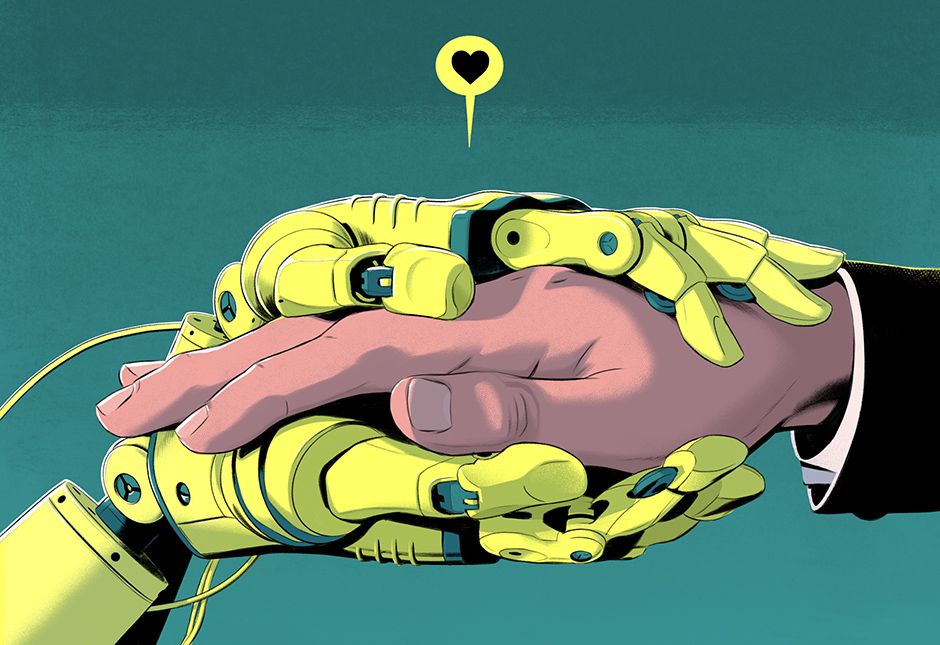When ChatGPT launched in November 2022, it was a niche experiment. Less than three years later, it has become a daily companion for millions, with nearly 800 million weekly active users worldwide. From writing and analysis to coding and customer support, AI has quietly become part of how work gets done.
Yet, despite its rapid rise, AI adoption tells two very different stories: one of technical acceleration and another of human hesitation.
A fast climb but uneven progress
In 2024, 78% of organisations reported using AI, up sharply from 55% the year before. But for most employees, this does not yet mean AI is part of everyday work. Only 13% say AI is deeply integrated into their daily workflows.
Some industries are racing ahead. IT, finance, and professional services lead adoption because of their digital infrastructure and data-driven operations. Manufacturing is catching up, using AI for process automation and predictive maintenance. Meanwhile, healthcare, retail, and construction continue to lag behind, slowed by privacy rules, risk-averse cultures, and limited access to digital tools.
Inside organisations, the divide is equally visible. White-collar employees are three times more likely than frontline workers to use AI frequently, and managers are twice as likely as individual contributors to engage with it several times a week. This points to a growing participation gap not just between sectors, but between roles and levels of digital confidence.
The workforce is ready but not equipped
Contrary to the common belief, employees are not resisting AI. In fact, they are ahead of their leaders. Research shows employees are three times more likely than executives to report using AI for at least a third of their daily work. However, support and training are not keeping pace. One in five employees say they have received little or no guidance on how to use AI safely or effectively.
This gap is not about skill but structure. Half of all employees want formal training, yet few organisations have clear strategies for building AI capability. Millennials, now in leadership positions, are among the most enthusiastic adopters. Around 62% report high AI expertise compared to 50% of Gen Z and 22% of Baby Boomers. Harnessing their energy and curiosity could be key to driving meaningful change.
The psychology of hesitation
If access to technology is not the barrier, perception might be. Even when tools are available, social biases can hold people back. A study of nearly 30,000 engineers found that only 41% used a new AI coding assistant a year after its launch. Female engineers adopted it at just 31%, and engineers over 40 at 39%. The reason was fear of being judged as less competent.
When reviewers believed a piece of work was AI-assisted, they rated the author’s competence 9% lower, and 13% lower for women. This “competence penalty” discourages open use and drives employees to rely on unapproved or “shadow AI” tools to avoid scrutiny. Such workarounds create new risks for data security and compliance. Without psychological safety, AI adoption slows down, regardless of how advanced the tools are.
The productivity promise
For those who do adopt AI, the results are striking. A Boston University and BCG study found that consultants trained to use ChatGPT performed up to 49% points higher on technical tasks than peers without access, nearly matching professional data scientists on two of three assignments.
Across industries, the most common AI tasks include writing (65%), translation (59%), and data processing (38%). Employees use AI to draft reports, summarise meetings, and analyse trends, freeing time for higher-value work. AI is not about replacing people. It is about extending their expertise and creativity.
Leaders: the missing link
Perhaps the biggest surprise is that the barrier to AI adoption is not employee readiness but leadership inertia. While 92% of companies plan to increase AI investment in the next three years, only 1% describe their systems as mature. This means AI is not yet fully integrated into workflows or business strategy. Many leaders underestimate how widely their teams already use AI, creating confusion and inconsistent practices.
The future of AI adoption will not be decided by technology rollouts but by leadership culture. The real question is how organisations communicate, train, and build trust.
Bridging the adoption gap
To move from experimentation to integration, leaders need to focus less on tools and more on trust, transparency, and capability. Here are some practical ways to start:
- Create a shared vision – Clarify how AI supports both work and employee growth.
- Build trust through transparency – Explain how AI tools function, how data is managed, and what safeguards exist
- Invest in learning and experimentation – Encourage pilot projects, AI challenges, and peer learning
- Use AI for collaboration, not control – Enable creativity and problem-solving rather than monitoring or replacement
- Equip managers to model change – When leaders use AI responsibly and openly, it normalises adoption
- Close access and confidence gaps – Track who is using AI and share examples of success
At Serein, we help organisations turn AI adoption into everyday confidence. Through hands-on learning, ethical frameworks, and readiness assessments, we make AI accessible, safe, and practical for all. Reach out to hello@serein.in to learn more.
FAQ
FAQ
Who’s to blame when AI gets hiring wrong?
AI can scale recruitment but can it be fair? Without oversight, bias doesn’t just persist, it scales. Ethical design and human judgment are key to equitable hiring.
How can humans keep AI bias in check?
Human oversight, diverse training data and ethical frameworks are crucial to prevent AI discrimination. How are we best positioned to bring it about?
Gen Z is reshaping workplaces with values like empathy, tech fluency, and psychological safety. We explore how to build a culture that meets their expectations.


